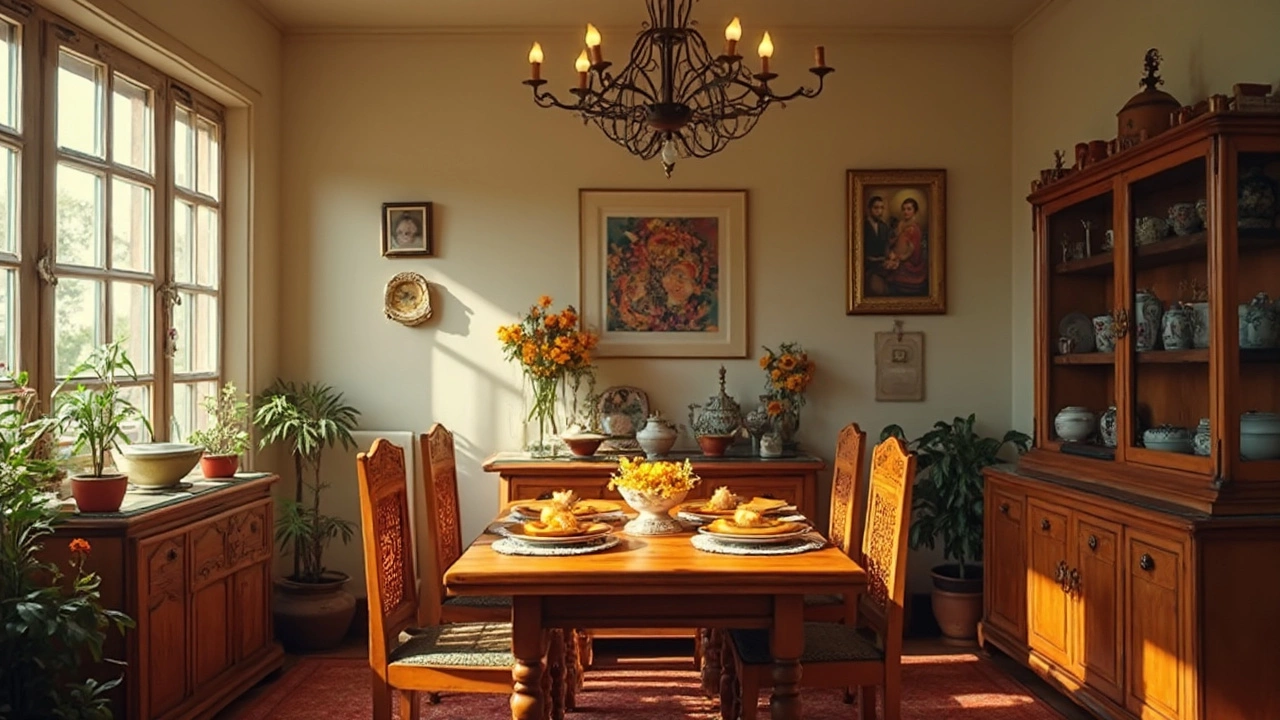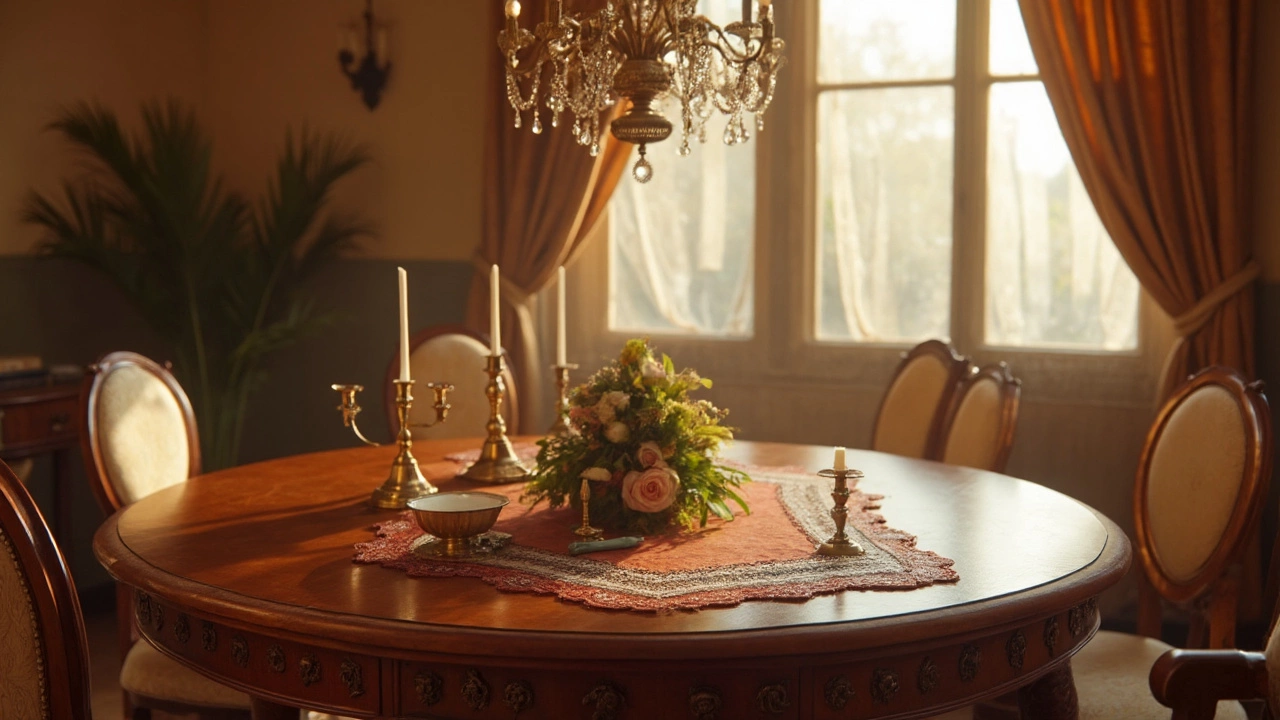Dining Room Furniture: Style, Storage, and Sustainable Choices
When planning Dining Room Furniture, the pieces that fill your dining area, from tables and chairs to sideboards and storage units. Also known as dining décor, it sets the tone for meals and gatherings. A well‑chosen set does more than look good; it creates a functional flow that welcomes family and guests. One of the first decisions is how you’ll handle dining room storage, the built‑in or freestanding units that keep dishes, linens, and serving ware out of sight. Smart storage can be a sideboard, a buffet, or even a repurposed dresser, and it directly influences the work triangle between the kitchen, the table, and the serving area. When storage fits the space, you avoid crowding the floor and keep the room feeling airy. Think about height, depth, and door style – glass fronts showcase beautiful china, while solid panels hide everyday clutter. Choosing the right storage also impacts ergonomics: a countertop‑height sideboard doubles as a serving station, reducing the need to bend or reach. In short, Dining Room Furniture isn’t just about looks; it’s the backbone of a comfortable, efficient dining experience.
How Home Décor Trends Shape Your Dining Space
Beyond tables and storage, home décor, the collection of colors, textures, lighting, and accessories that give a room its personality. works hand‑in‑hand with furniture choices. Current trends lean toward natural finishes, muted palettes, and mixed‑material accents. A reclaimed‑wood table paired with matte‑black metal chairs can create a modern‑industrial vibe, while a soft, earth‑tone rug adds warmth without overwhelming the space. Lighting plays a crucial role, too – pendant lights over the table define the eating zone, and wall sconces highlight artwork or a decorative plate cabinet. When décor elements echo the material of your furniture, coherence follows naturally; for instance, brass hardware on a walnut sideboard ties the room together subtly. People also experiment with statement pieces like a large wall mirror or a bold piece of art to break the monotony. Remember, décor isn’t static – you can swap cushions, change candle scents, or update a runner seasonally, keeping the room fresh without a full remodel. By aligning décor choices with your dining furniture, you create a harmonious environment that feels custom‑crafted.
The final layer to consider is the environmental impact of what you bring into the room. Sustainable materials, eco‑friendly resources such as bamboo, reclaimed wood, and low‑VOC finishes used in furniture production. are reshaping the market. These materials not only lower your carbon footprint but also tend to age beautifully, gaining character over time. A bamboo dining table, for example, offers comparable strength to hardwood while growing back in months rather than decades. Low‑VOC (volatile organic compound) finishes improve indoor air quality, a bonus for families with children or allergies. Choosing furniture built from responsibly sourced timber also supports ethical forestry practices. When sustainability meets style, the result is durable pieces that stay relevant for years, reducing the need for frequent replacements. This aligns with the broader push toward green living that EcoBuild Collective champions across all its guides. By prioritizing sustainable furniture, you invest in health, longevity, and a lighter environmental load – all without sacrificing the sleek aesthetic you crave.
Below you’ll find a curated collection of articles that dive deeper into these topics, from creative dresser styling ideas to step‑by‑step guides on picking eco‑friendly materials. Each piece offers practical tips you can apply right away to transform your dining area into a functional, stylish, and responsible space.
Ever get stuck trying to name that extra piece in the corner of your dining room? This article unpacks all the standard furniture you’ll find in a dining room, explains what each piece is called, and throws in some facts about why they’re there in the first place. We’ll show how dining rooms have changed over time and even share practical tips on making your space work for your lifestyle. Whether you’re moving in or just tired of calling everything a 'side table,' you’ll find clarity here. After reading, spotting a credenza or a hutch won’t leave you guessing.
View more
Positioning a dressing table can have a significant impact on aesthetics and functionality. Facing the window might seem ideal for natural light but it isn't without its drawbacks. This piece explores the pros and cons, including lighting benefits and privacy concerns. Learn how to balance style and practicality in your dining room space. Let's decode the best way to arrange your dressing table.
View more
Transform your ordinary dressing table into a classy and elegant piece for your dining room. With easy tips like choosing the right table finish, incorporating stylish accessories, and ensuring good lighting, you can elevate the overall look. This article provides step-by-step guidance on how to achieve a sophisticated style without breaking the bank. Explore creative ways to blend functionality with aesthetic appeal.
View more


